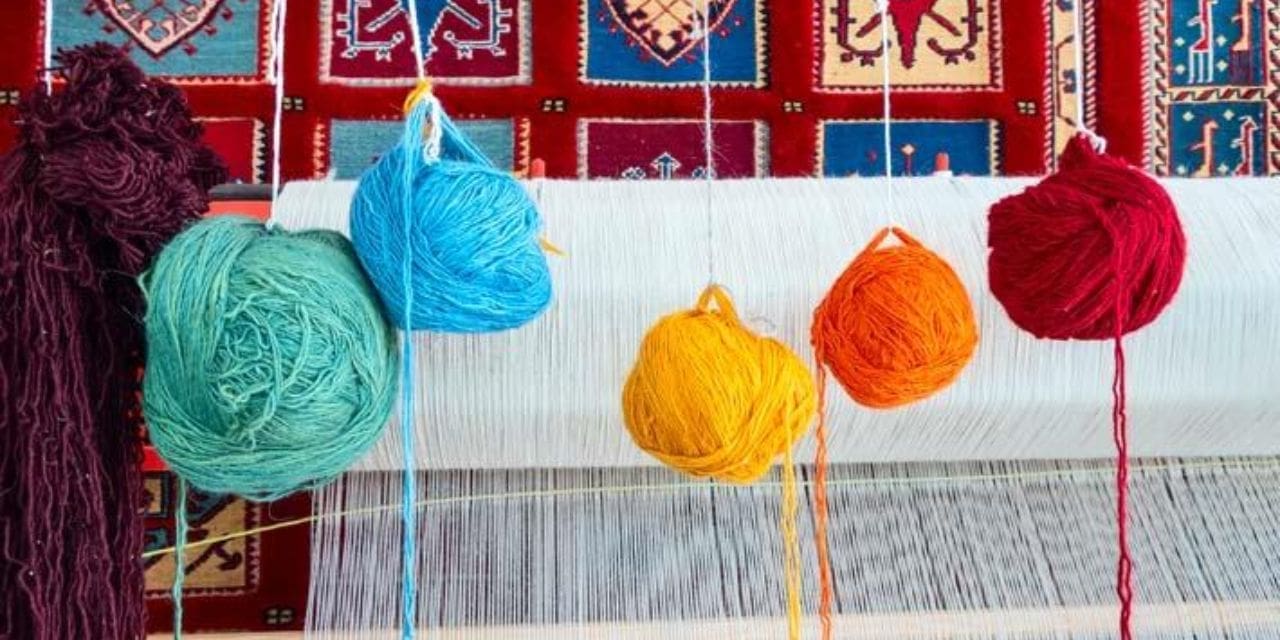A strategic move to MMF textile products, which provide great growth potential supported by expanding local market demand and emerging export opportunities, acts as a unifying thread that connects these topics. Focusing on technology-intensive and high value-added items that already have superior profit margins and create competitive advantage is the key to success. A thorough review of MMF Textiles’ global trade statistics reveals that in 2019, 266 different products, including fibres, yarns, fabrics, garments, made-ups, technical textiles, and specialised items, contributed to trade of US$ 394 billion.
The top 20 of these goods contribute to the $204.4 billion in world trade.The top 40 of these goods contribute to the US$275 billion in world trade.Apparels are segmented out of the Top-40 MMF items traded globally (by value). 55% of the products are accessories, and the remaining 45% are technical textiles, made-ups, fabrics, yarn, and specialised items. By superimposing the imports of MMF products into India, the Opportunity Analysis for the Indian Textile Industry (excluding Apparels) can be further enhanced. Fabrics impregnated, coated, covered, or laminated with polyurethane, polyvinyl chloride, and other materials make up the majority of imported product categories.
The largest MMF imported product and one of the Top 40 Global Trade Products, there is a significant possibility for import substitution and exports. Synthetic knitted textiles, including subcategories in the coloured and printed categories, are the second largest category of MMF items imported into India. Clothing made from these materials is used for both casual and athletic wear.
Synthetic knitted and warp-using fabrics are a related product category of MMF imports. yarn made of elastomers (>5%). These materials are used only to make sportswear and active wear clothing. The pandemic’s short-term economic hardship comes with a long-term potential for the Indian textile sector. The time is perfect to shift the industry’s attention to MMF textiles. There is sufficient support in the expanding domestic market, which reduces the risk associated with returns for an investor, so the investment decision need not be dependent on speculative market share of global trade. The Indian government also contributes by eliminating anti-dumping duties on PTA, implementing corporate tax reforms that make India a very appealing investment destination, allocating Rs 1,480 crore for the National Technical Textiles Mission, and creating Special Economic Zones that target foreign investment. Now, the “call to action” is addressed to the textile firms must commit firmly with the goal of expanding the MMF category in the long run.

